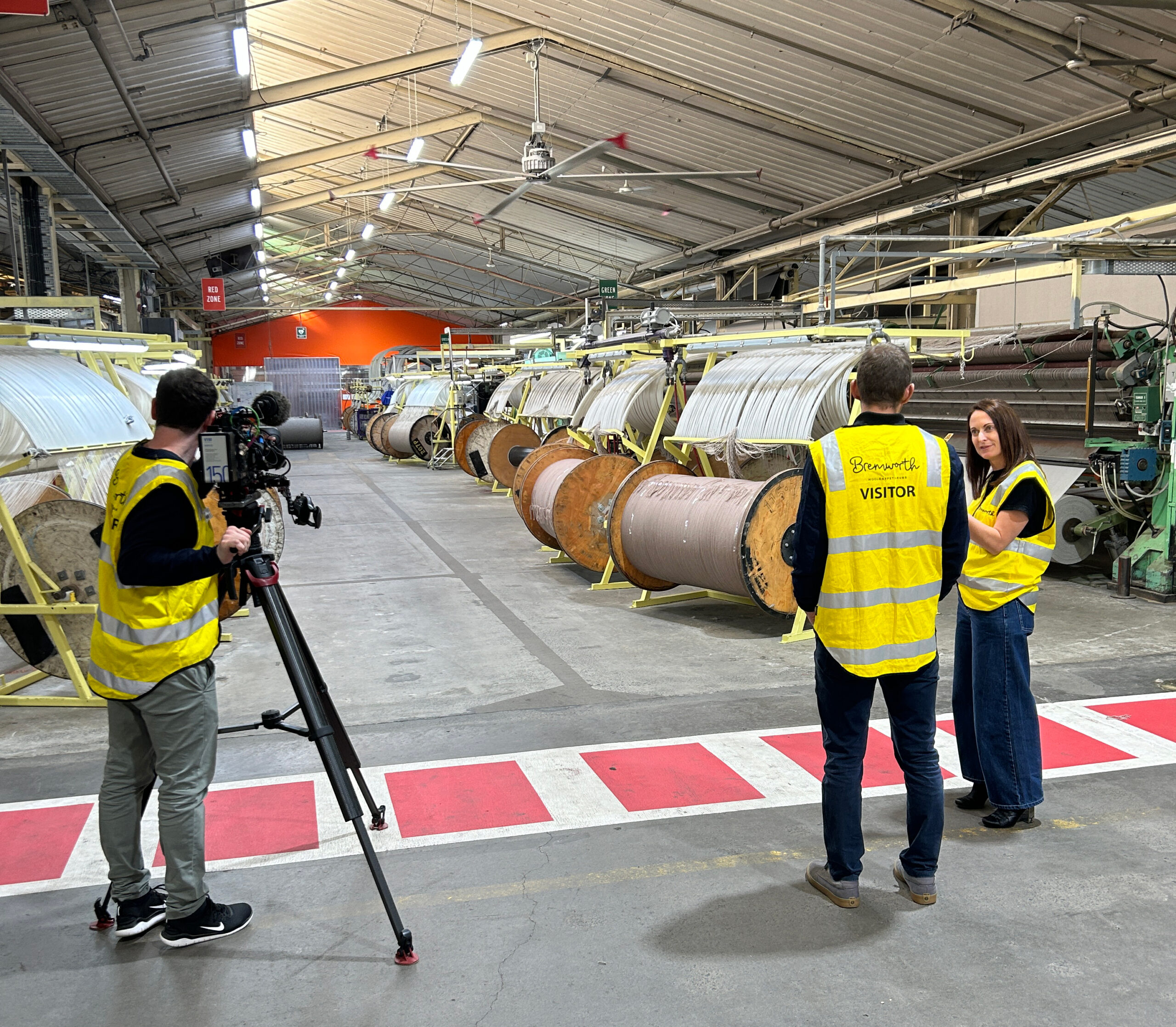How to Capture the Hidden Upside of Green Manufacturing
This article by Impact PR’s Mark Devlin appeared in the June 2024 issue of NZ Manufacturer Magazine.
A decision to move towards green manufacturing is often analysed as a business case on a spreadsheet. However as NZ Manufacturer business advisor and Impact PR director Mark Devlin has found, there are intangible benefits that may manifest once companies embrace a more sustainable future.

According to Stats NZ data, the manufacturing sector produces the second-highest level of emissions of all industries. While accounting for 14% of all greenhouse gases produced in the country annually, this was down 10% on the previous year. Latest seasonally adjusted quarterly data shows a further reduction of 39 kilotonnes of gas emissions across Kiwi manufacturers.
Whether it is nurdles on the beach or nitrous oxide in the atmosphere, putting products on retail shelves can be associated with a steep environmental impact – and the manufacturing industry is often the public face of this.
The recent decline in emissions may suggest a fall in manufacturing volumes as a result of lower demand or we could be seeing more widespread adoption of green production practices and technology.
The latter is certainly something worth celebrating and in many cases may present a brand development opportunity that can be leveraged for both individual manufacturers and the entire sector.
Having worked with hundreds of companies over the past two decades we have seen numerous examples of how embracing sustainable manufacturing models can result in unexpected and often significant upsides for brands.
Recently, I was approached by producers from the world’s largest public broadcasting network – The Association of Public Broadcasting Corporations in the Federal Republic of Germany (ARD). The offshore production team had seen publicity around a transformative move one of my clients, Bremworth, had made to eliminate 2,500 tonnes annually of synthetic yarn from the production of carpets and replace them with New Zealand wool.
The producers requested their documentary crew travel to NZ to film at Bremworth’s South Auckland factory and showcase what the company was doing and why they had so heavily bet on an all-wool future.
ARD is producing the new current affairs documentary for its flagship Das Erste (The First) channel. Around 50 million people, approximately 60% of Germany’s population, watch Das Erste live to air every week. (In comparison New Zealand’s TV One has around 1.2 million weekly viewers – less than a quarter of Kiwis.)
The 71-year-old Das Erste is seen as Germany’s most credible TV network and the exposure in the eight-minute documentary, estimated to be worth over $7.2 million in advertising value, would be otherwise cost-prohibitive for Bremworth (and most Kiwi companies) to access.
Given the market size of Germany, for the wool industry, this opportunity could be the equivalent of the impact the Lord of the Rings films had on New Zealand tourism.
Germany is also one of the world’s most environmentally conscious countries and their interest in how New Zealand is transforming its wool sector to meet growing global demand for natural fibres, could help open new export channels in the EU’s largest population centre.
The documentary is scheduled to air later this year in Germany to what is seen as a relatively untapped market for New Zealand wool – presenting a significant opportunity within a well-aligned consumer group that is highly focused on sustainable living.
While the significant reduction of the majority of synthetic materials from the production process is a significant achievement for any manufacturer, it is also possible to address environmental concerns in other ways.
We have also been working with Waikato aeronautical manufacturer NZAero, to position their new SuperPac 750XL-II utility aircraft, which is capable of being outfitted for fighting wildfires, rainmaking, reducing the size of locust populations and pollution control, as uniquely suited to help nations fight the growing impact of climate change.
Following the nationwide publicity around international interest in the new model, the company was invited to join Prime Minister Christopher Luxon and a delegation of senior business leaders on a seven-day mission to Singapore, the Philippines and Thailand.
During the Southeast Asian mission, NZAero signed a multi-million dollar export agreement to supply the Royal Thai Air Force with parts and maintenance services.
In addition, the company is now looking to sell a fleet of its SuperPac aircraft, which each has a multi-million dollar price tag, to Thailand’s Department of Royal Rainmaking and Agricultural Aviation. The government agency has an annual cloud-seeding programme to stimulate artificial rain and dampen down fine particulates in the air caused by vehicle emissions and agricultural practices.
While we know that building a brand is a complex process, manufacturers who make a conscious move towards sustainable production or provide a solution to the impact of environmental degradation in some way are often seen as leaders in their field – and subsequently afforded unique opportunities to build awareness of their brand.
Leveraging these initiatives requires an understanding of their news value. What we look for to determine whether a story has merit for media is not necessarily that the initiative is at scale or even fully implemented – it can be a small trial, prototype or even just a concept under development. What makes something newsworthy is often centred around how novel it is and its potential to make an impact.
For manufacturers that have a sustainable initiative underway or on the horizon, get in touch with a public relations consultant with experience in the sector such as Impact PR. They will be able to give you an assessment of the news value of the story and help leverage subsequent that may result.
If you have questions about public relations, contact us today. – we would love to help.
 Enquire
Enquire